The Beginner’s Guide to Curaçao
If you’re considering a vaca to the Dutch Caribbean, here are some things you’ll want to know-before-you-go! These tips and recommendations are a compellation of my and my sister’s reading, YouTubing, and experiences of the island, and I’ve shared several tips we WISH we’d known first... 🙄
Beautiful, colourful buildings along Handelsake, Punda, Willemstad, Curacao.
Where is Curacao?
Curacao is part of the ABC islands (Aruba, Bonaire, and Curacao), located off the coast of Venezuela. It’s situated beneath the hurricane belt — just under 1,400 km from the equator — so the weather and daylight remain quite consistent throughout the year. Curacao is part of the Kingdom of the Netherlands, and the inner city / harbour of the capital, Willemstad, are preserved as a UNESCO world heritage site. The most commonly spoken languages are Papiamentu and Dutch, and we heard some Spanish as well. English is the third official language, but it’s not broadly spoken and we were not always able to communicate with service staff and other locals.
Curacao is part of the ABC islands (Aruba, Bonaire, and Curacao), located just off the coast of Venezuela.
Travelling to and from Curacao
Some North American and European airlines offer direct flights to Curacao during high tourism season (roughly early winter through late spring, depending on the airline). If you’re travelling during the off season, you’ll likely have to connect through Miami airport which is an enormous headache - AVOID MIA if possible!
All visitors must complete the Digital Immigration Card within 7 days prior of arriving to the island. Print out or save a screenshot of your completed form to present to officials upon arriving.
On your way home, you may have to pay an Airport Tax, though many airlines include this in the price of your ticket.
Getting Around the Island
Curacao boasts around 40 beaches along it’s western / interior coast. Other attractions like Shete Boka National Park, Punda, Mambo Beach Blvd, Curacao Distillery, etc. are also scattered from tip to tip, so renting a car really is a must! D&D Car Rental is the crowd favourite — we had a good experience with them, and they offer a discount for paying with cash.
NOTE: There are tons of great blogs and videos on “what to do” in Curacao - this is of a more practical / logistical guide!
Cars drive on the right side of the road, and the driving experience is similar to North America. The biggest difference was all the round-abouts, many of which are dual-lane. Typically you yield at the entrance, but occasionally you have the right-of-way on entry, indicated by the sign circled below:
We heard from some locals that the roads can be extremely slippery when wet, so drive carefully (or not at all!) during/after a rain. And if you do have a little fender bender: DON’T MOVE! At all! This can void your insurance - a little tidbit I caught on YouTube, and confirmed with D&D.
TIP: Purchase an eSIM to maintain access to your regular phone and data, or at least download the Curacao region on Google Maps for offline use so you can find your way around the island!
Currencies and Basic Costs
The local currency in Curacao is the Antillean Guilder (ANG), and while USD is widely accepted, it’s not widely listed. You are wayyy better off using ANG — you‘ll almost always overpay with USD, and you’ll often receive change in ANG - much less than you’re actually owed.
Most beaches charge an entry and/or a chair fee between $3-$12ish per person. Whether you’re using USD or ANG, be sure to have lots of small denominations on hand, because proper change isn’t always given. Also, some beaches like Blue Bay and Cas Abou require identification upon entry, so bring a piece of ID.
TIP: Bring large clips to fasten your towels to your chairs — this island is wiiindy!
Grote Knip | Chairs and umbrellas are available to rent at most beaches for a fee. Have small change on hand!
As for groceries: prices were similar to Canadian prices. Some things cost more, others less, others the same, so it mostly evened out in the end. We did most of our shopping at the Carrefour in Sambil Mall which is a nice new grocery store and fairly well stocked, but - sidebar - even they had an extremely limited gluten-free (“glutenvrij”) selection, which was tough as my sister has celiac disease. We were able to find GF pasta, GF oats, and GF crackers so she didn’t starve, but Curacao isn’t the most celiac-friendly destination.
Unexpected Costs
Curacao has no fresh water sources and depends on desalination. While the water is totally safe to drink, the Santa Barbara plant (along with most other operations) runs on imported fossil fuels, so utilities are extremely expensive on the island. Because of this, most guest accommodations do not include utility fees, so you’ll likely be receiving an additional bill at the end of your trip.
The Santa Barbara desalination plant in Curacao provides much of the island’s fresh water.
For reference: in British Columbia, water is included in our monthly rent and electricity is inexpensive (we pay about $60 every two months for a 1 bdrm apartment). In contrast, 6 days of mindful utility use in our 1 bdrm Airbnb cost $45, and we read somewhere about a family who got charged an extra $1,000 for their week-long stay!
Speaking of electricity — despite reading that US outlets were common, we only ever had European-style outlets. Definitely bring a converter just in case!
Weather in Curacao (Spoiler: it’s HOTTTTT)
Despite the cost, air conditioning is a MUST because this island is insaaanely hot and humid!!! 🥵 And of course, the fierce Caribbean sun beats down for 12-ish hours per day. When looking at the forecast for our stay in June, we thought, ‘No prob, it’s “only” gonna be high 20s (low 80s F)!’ BOY, WERE WE WRONG!!! In a nutshell: Curacao is nottt for the faint of heart (or anyone remotely heat sensitive).
My sister and I are no strangers to heat — we grew up in a semi-desert where summer temperatures regularly soar to the mid 30s (95+ F) and even 40s (105+ F), but we found the character of this heat to be absolutely punishing. It barely cools down at night, not all shops and restaurants have AC, the ocean is warm, the tap water is warm; so we couldn’t even count on a refreshing swim, cold glass of water, or cool shower.
The intense heat — coupled with the threat of sunburn and skin damage at this latitude — prevented us from doing many activities. That said, we really enjoyed our morning and evening swims and air-conditioned afternoon Netflix binges!
Blue Bay Resort | Our Airbnb was close to Blue Bay and we really enjoyed our evening swims here!
Shade and Sun Protection
Curacao strongly encourages the use of mineral-based, reef-safe sunscreens to minimize damage to the beautiful reefs and marine life. It wears quite differently than chemical sunscreen, so you may want to do some testing before your trip! (I haven’t found a great one yet, so no recommendations unfortunately.)
Definitely have a big hat, sunglasses, and light linen or UPF layers as well. Despite applying and reapplying layers of sunscreen and seeking shade wherever possible, we both still managed to burn our shoulders and backs. Shade at the beach isn’t guaranteed either, so you may want to grab an umbrella or sun tent from the store, or see if sun gear is provided by your Airbnb host.
Curacao Flora and Fauna
We saw lots of beautiful birds, brightly-coloured lizards, geckos, iguanas, turtles, and flamingos. Thankfully, there aren’t too many scary things to worry about, but there are scorpions, puffer fish, and poinsonous centipedes on the island. We didn’t see any puffers while swimming in the bays, but it never hurts to keep an eye out! We didn’t see any scorpions either — but especially if you’re staying on the ground level — don’t leave clothes piled on the floor, check your shoes before slipping them on, and glance around at the floor before getting up at night.
The manchineel tree is poisonous - don’t eat the fruit, touch the leaves, or take cover beneath this tree in the rain.
Yara via Unsplash | Flamingoes can be spotted in the salt pans of Jan Thiel, Jan Kok, and St. Michiel.
As for plants, there’s some serious cacti throughout the island, and the manchineel tree is poisonous. Don’t eat the fruit, touch the leaves, or take cover beneath this tree in the rain.
There also is some dengue fever on the island, so if you notice bugs coming out in the evening you may want to use repellent. No special vaccinations are required for CA/US travellers.
Conclusion
It was incredible to sit under palm trees on white sand beaches and swim in pool-blue waters, but the heat in Curacao was a little too intense for us. I’d love to visit another area of the Caribbean someday though!
I hope this post covered topics you haven’t seen elsewhere, and the info helps with your decisions and/or trip plans. Happy travelling!
















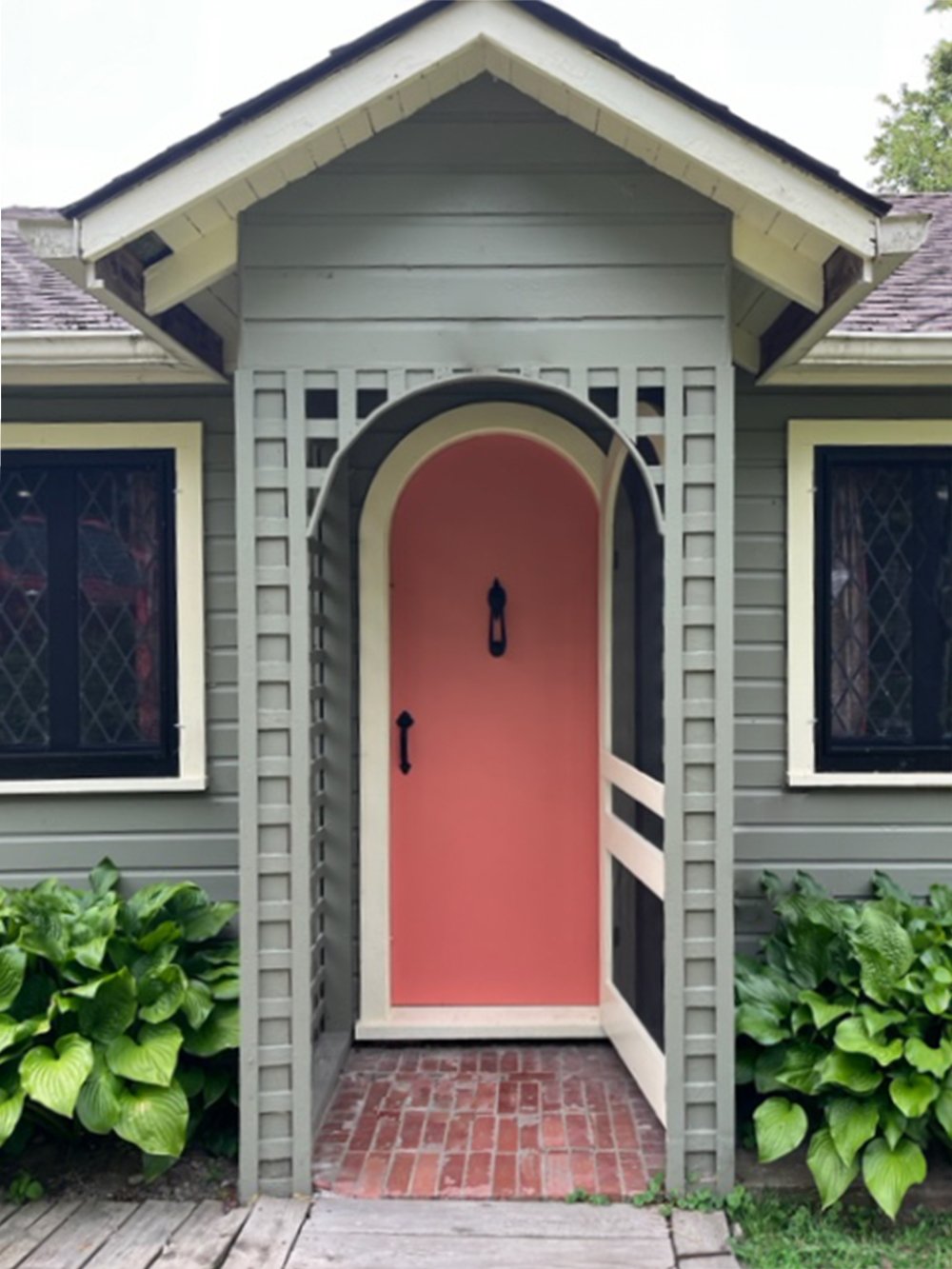







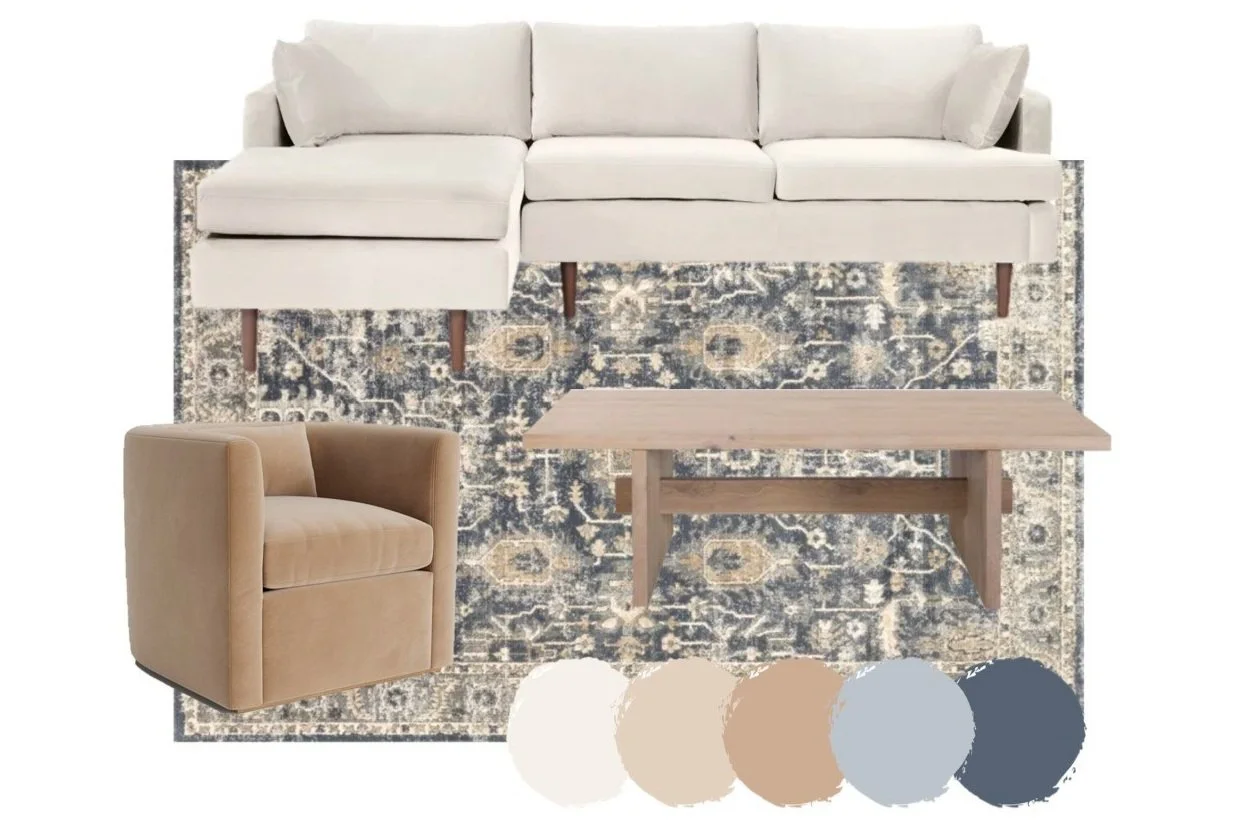
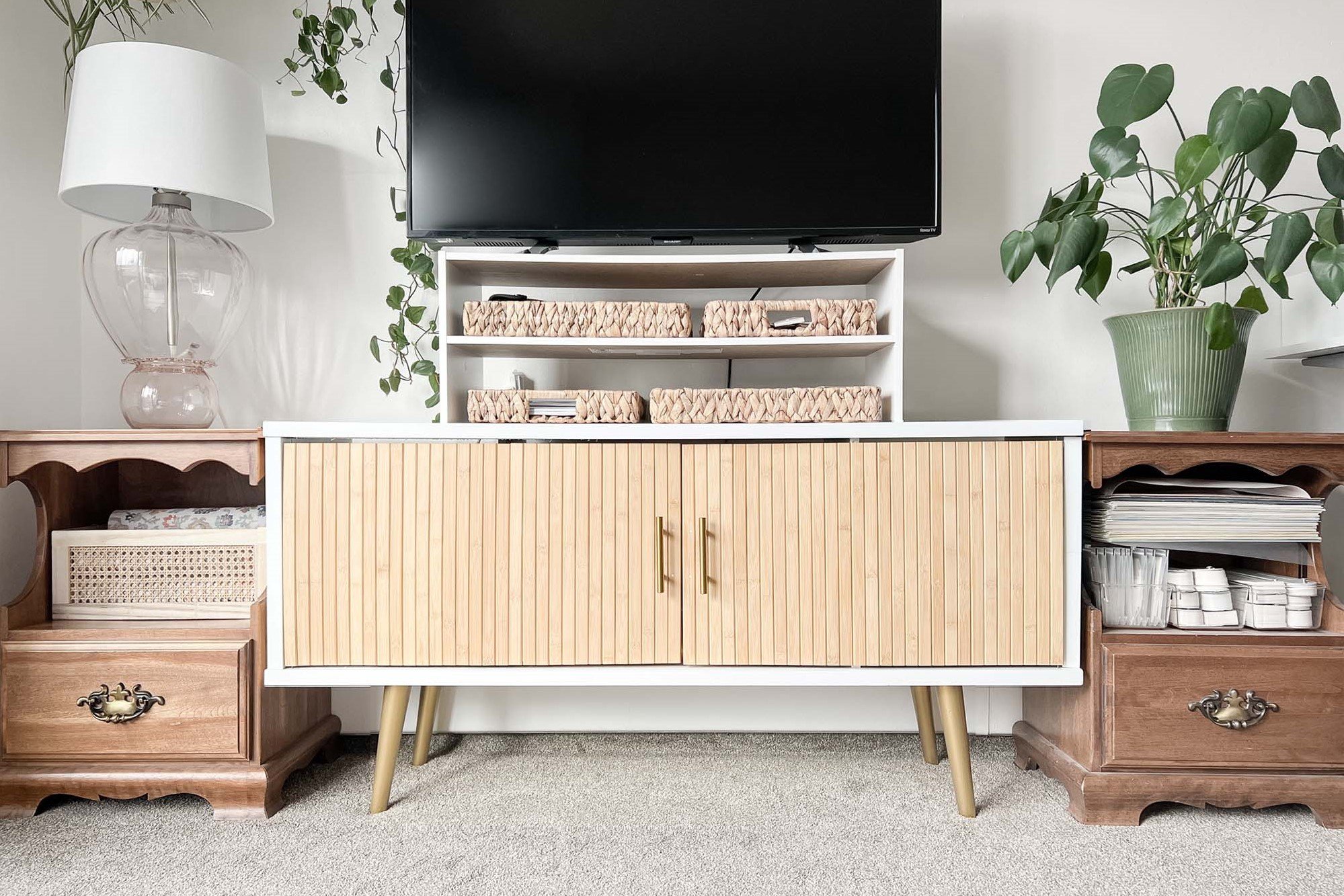











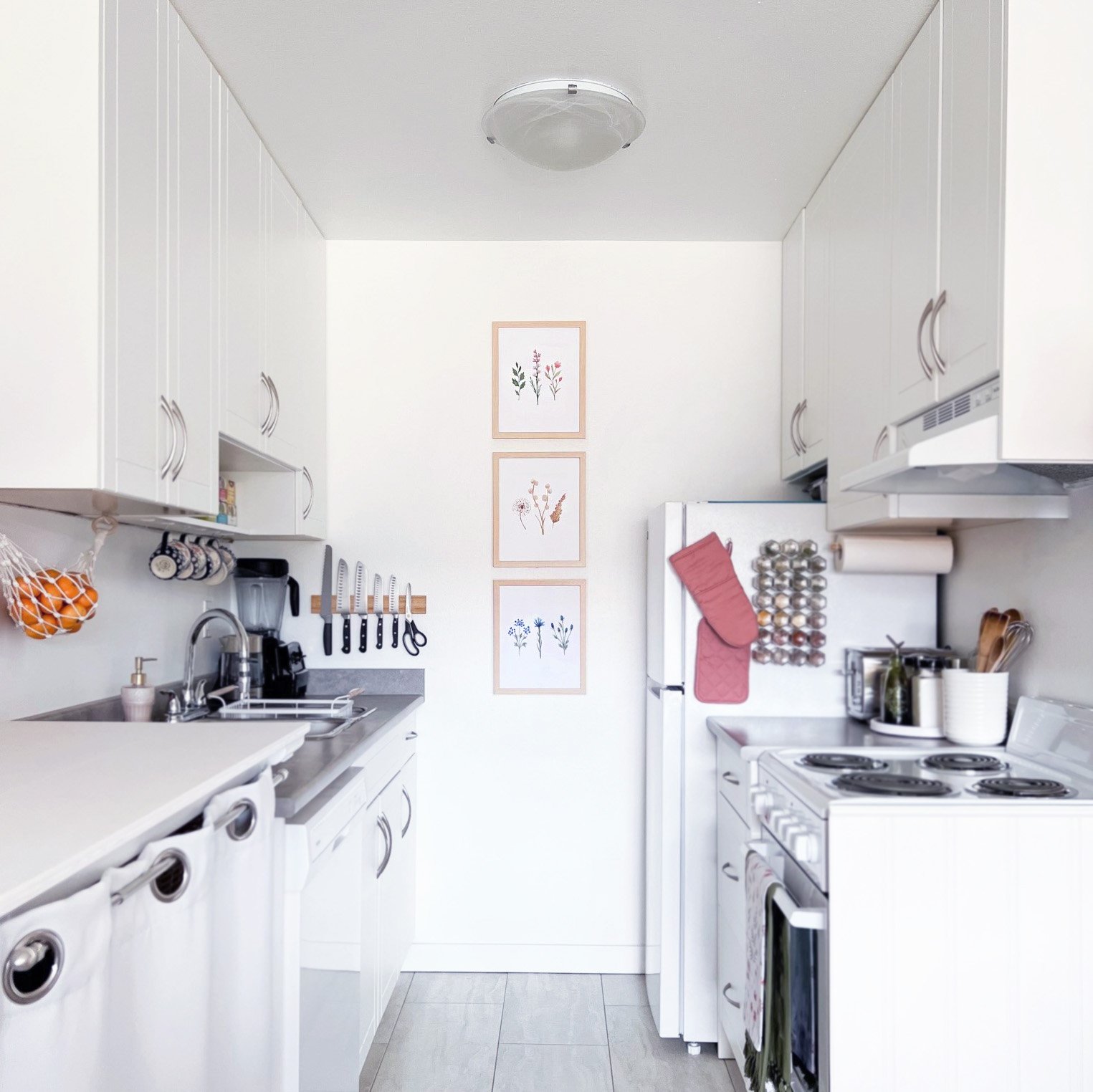


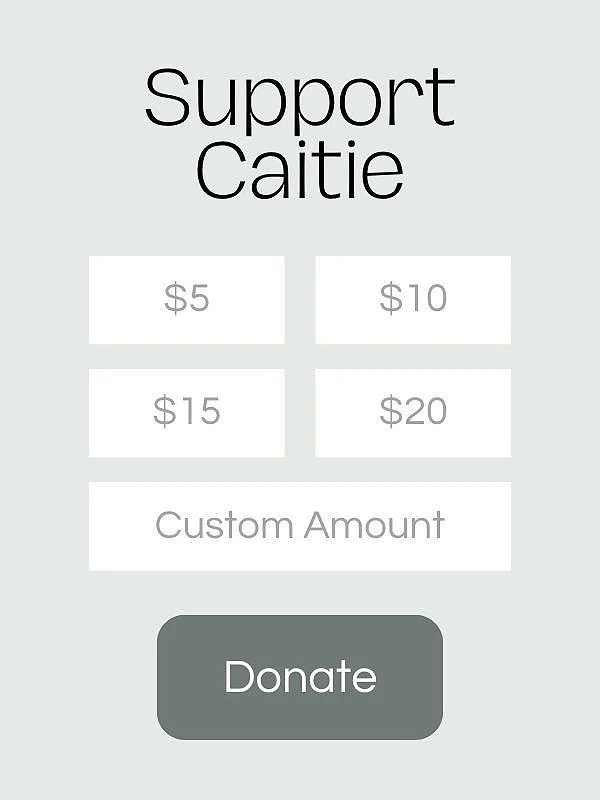

Laminate countertops are one of the most underrated design materials! They are a great affordable option for kitchens, bathrooms and laundry rooms, but their lower price point is not the only advantage. Here are 7ish reasons why you should consider laminate for your next project!